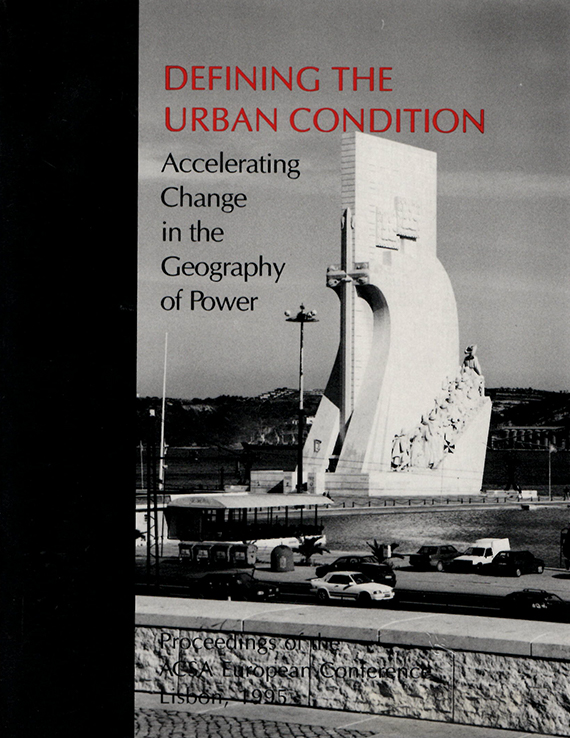Author(s): Horacio Schwartz
In contemporary society – according to Dennis Potter’s dictum – citizens have been transformed into consumers. The shift in social power behind this process is mirrored in the changing shape of the city. Tel Aviv, founded just eighty five years ago, is an extreme example of the interaction between urban conceptions and configurations and dominant social forces. By means of a schematic section through the history of the city, this paper attempts an assessment of the role of those forces and conceptions – or their absence – in determining the nature and scope of the present transformations of the urban fabric. Tel-Aviv is an assemblage of past and recent urban utopias, constrained by conditions, scaled-down and transformed, but still identifiable and influential. Partly “collision city” and partly “collage city” – in Colin Rowe’s terms – its growth, while chronologically continuous, resulted in a fragmented pattern; each district reflecting the urban ideals and historical conditions under which it came into being. Four determinant stages can be detected in the ascent of the city.
https://doi.org/10.35483/ACSA.Intl.1995.20
Volume Editors
John K. Edwards

 Study Architecture
Study Architecture  ProPEL
ProPEL 
